Top 10 Ecotourism Destinations for 2025: Where Sustainability Meets Adventure
Explore the world’s most inspiring eco-destinations — where travel supports conservation, communities, and culture.
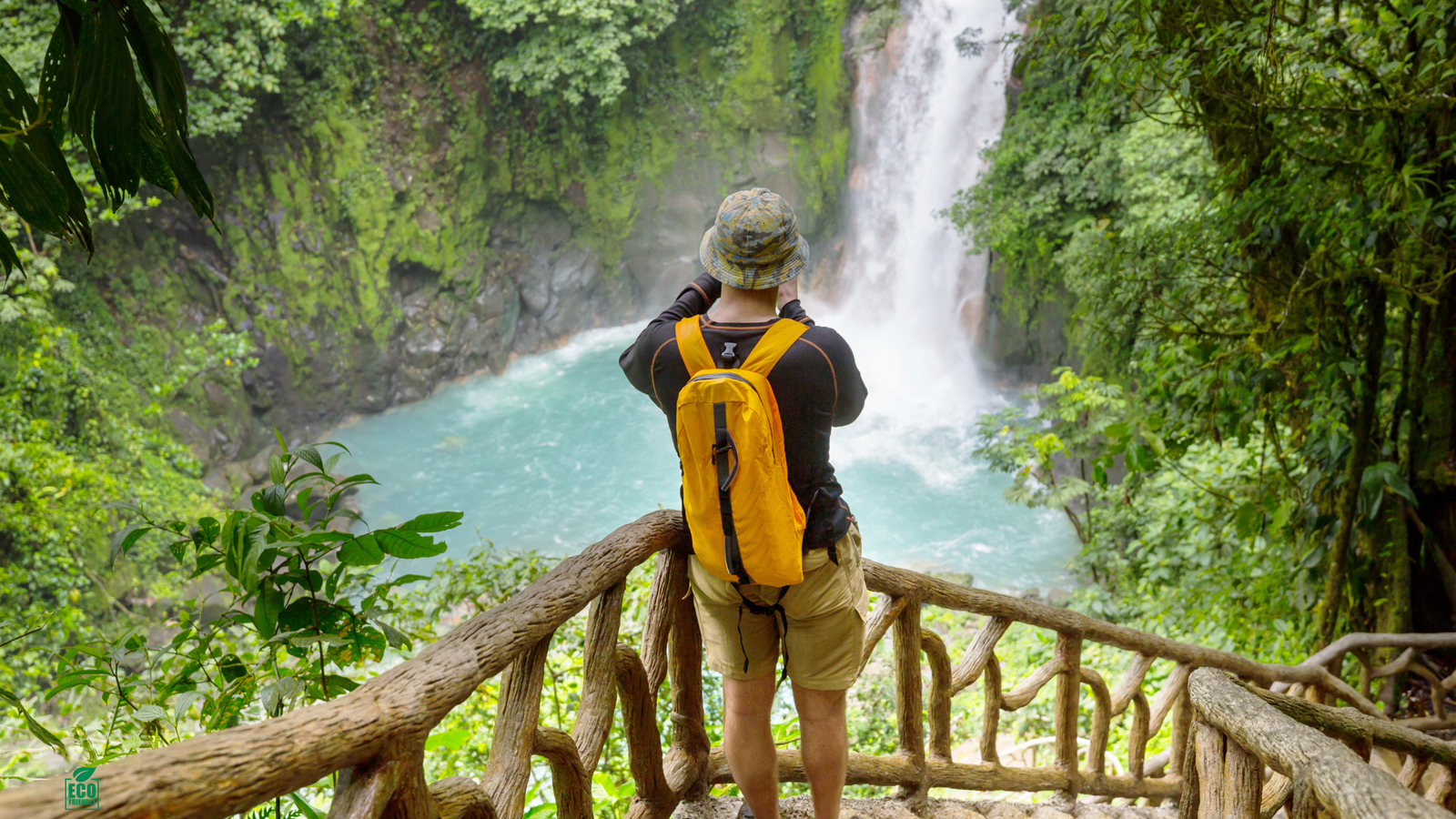
From the cloud forests of Costa Rica to the coral atolls of Indonesia, ecotourism destinations are redefining what meaningful travel looks like in 2025. The movement has evolved far beyond “green” marketing — it’s now about measurable impact, transparent partnerships, and authentic connection. In this guide, Eco Nomad Travel highlights ten regions leading the transformation toward responsible exploration.
Each destination was selected based on environmental integrity, community leadership, and accessibility for travelers seeking a lower footprint. Whether you’re a digital nomad with a carbon-neutral itinerary or a family looking for sustainable adventure, these places offer purpose along with beauty.
Disclosure: This article contains affiliate links to eco-travel partners such as Trip.com and Aviasales. We may earn a small commission if you book through them — helping keep Eco Nomad Travel ad-light and carbon-neutral.
1. Costa Rica – Rainforest Renewal & Biodiversity Leadership
No country embodies the spirit of ecotourism destinations quite like Costa Rica. Over 25% of its land is protected, and the nation generates nearly all its electricity from renewable sources. Travelers can experience cloud forests alive with hummingbirds, volcanic landscapes, and eco-lodges that channel profits into wildlife corridors.
Regions like Monteverde and the Osa Peninsula are living classrooms of biodiversity. You’ll find regenerative lodges that compost, source hyper-local cuisine, and fund reforestation projects. Costa Rica’s “Pura Vida” isn’t just a slogan — it’s a model for coexistence between humans and nature.
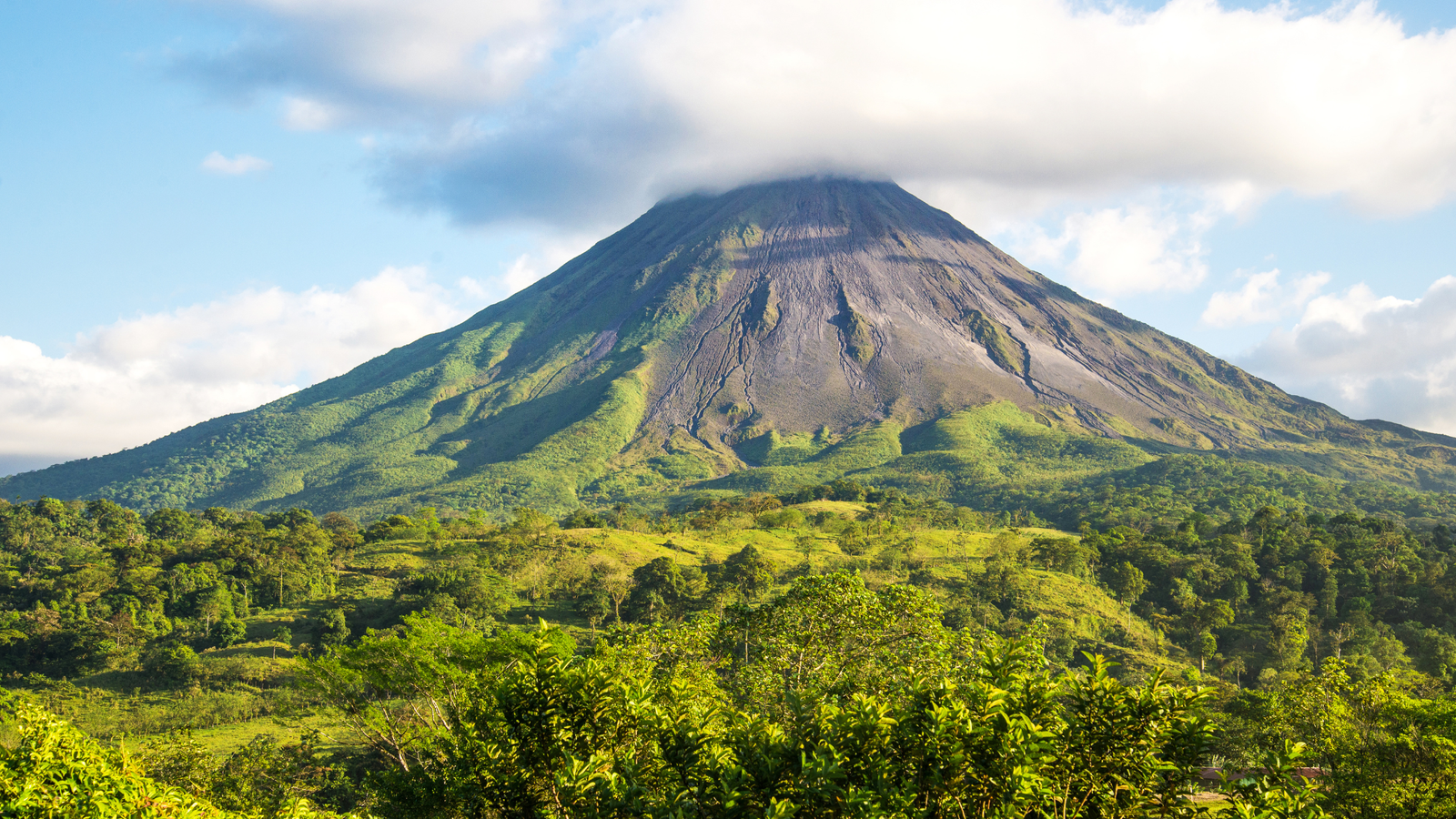
Plan your sustainable stay through Trip.com or compare low-emission flights with Aviasales. Learn more about what ecotourism means in 2025 and how Costa Rica became its global ambassador.
2. Norway – Arctic Conservation Adventures
In Norway, sustainability isn’t a trend — it’s written into policy. The country’s commitment to electrified transport and marine preservation makes it one of Europe’s top eco-friendly tours destinations. Visitors can explore fjords by electric ferry, hike in rewilded national parks, or experience Sami cultural tours that promote indigenous land rights.
The Lofoten Islands and Svalbard archipelago represent the frontiers of responsible exploration. Here, guides track wildlife ethically and enforce strict “leave-no-trace” principles. Norway’s model shows that high-income countries can still balance prosperity with environmental restraint — a principle central to the Green Travel Guide 2025.
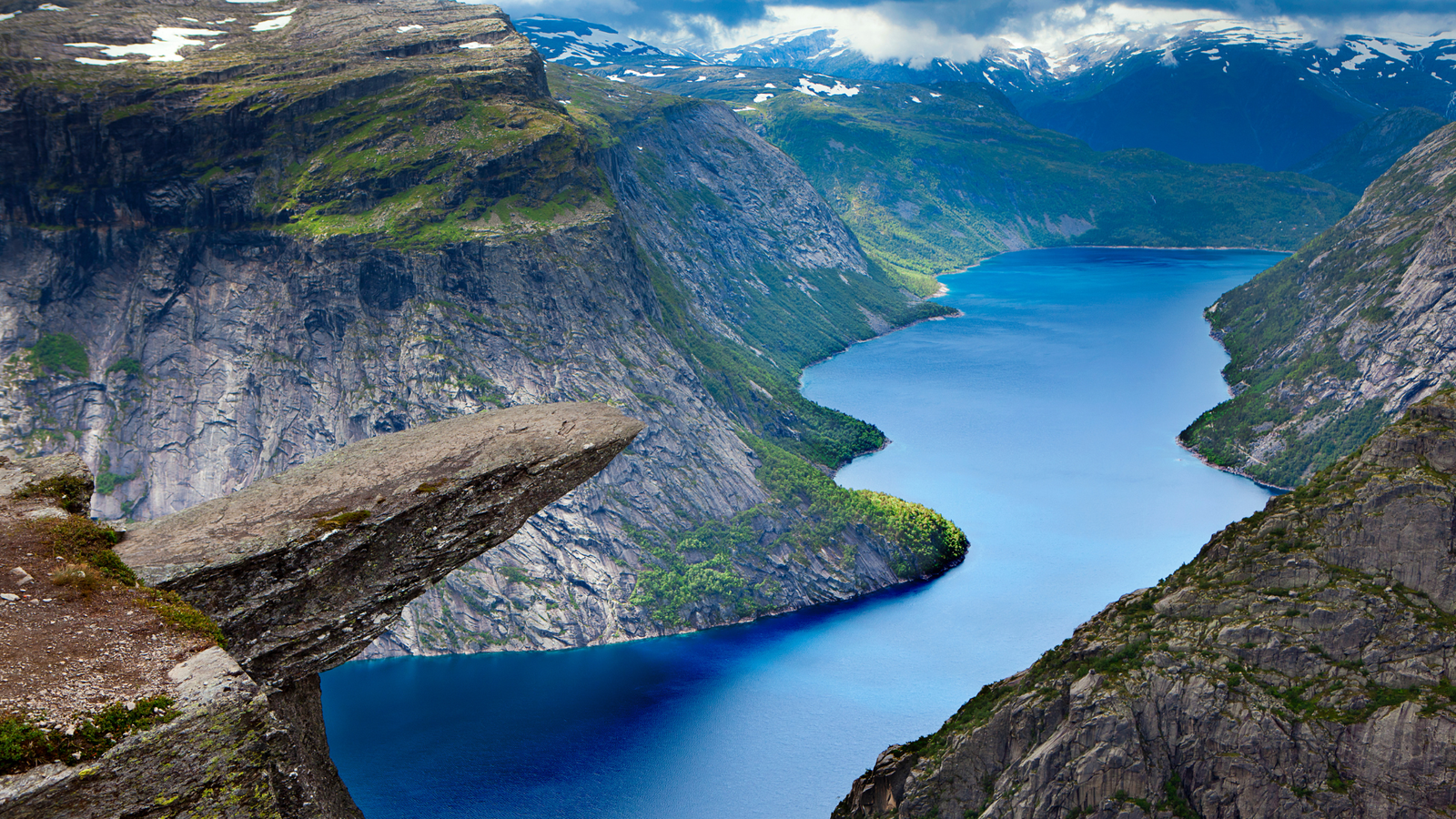
3. Indonesia (Bali) – Island Regeneration & Ocean Stewardship
Once criticized for over-tourism, Bali has become a laboratory for regeneration. In 2025, local cooperatives and NGOs are restoring coral reefs and redesigning tourism around cultural education. Eco-certified villas and bamboo architecture dominate the landscape — blending luxury with low impact.
Projects like the Coral Triangle Initiative and the Green School have transformed Bali’s identity into that of a circular economy hub. Digital nomads can now work from solar-powered co-living spaces that compost food waste and channel funds into mangrove restoration. Book eco-retreats responsibly through Trip.com or offset flights via Aviasales.

4. Kenya – Community-Based Safaris & Rewilding
Kenya’s community-owned conservancies are redefining wildlife tourism. Over half the nation’s wildlife now lives outside traditional parks — protected by local communities that share tourism revenue. Visitors join guided walking safaris, support micro-entrepreneurs, and witness how community-based conservation strengthens both ecology and economy.
Maasai Mara conservancies and Tsavo’s elephant corridors highlight rewilding success stories where tourism directly funds anti-poaching and habitat recovery. Travelers can also use Airalo or Yesim eSIMs for low-impact connectivity during remote expeditions. Explore more about eco-volunteering and regenerative travel to see Kenya’s community model in action.
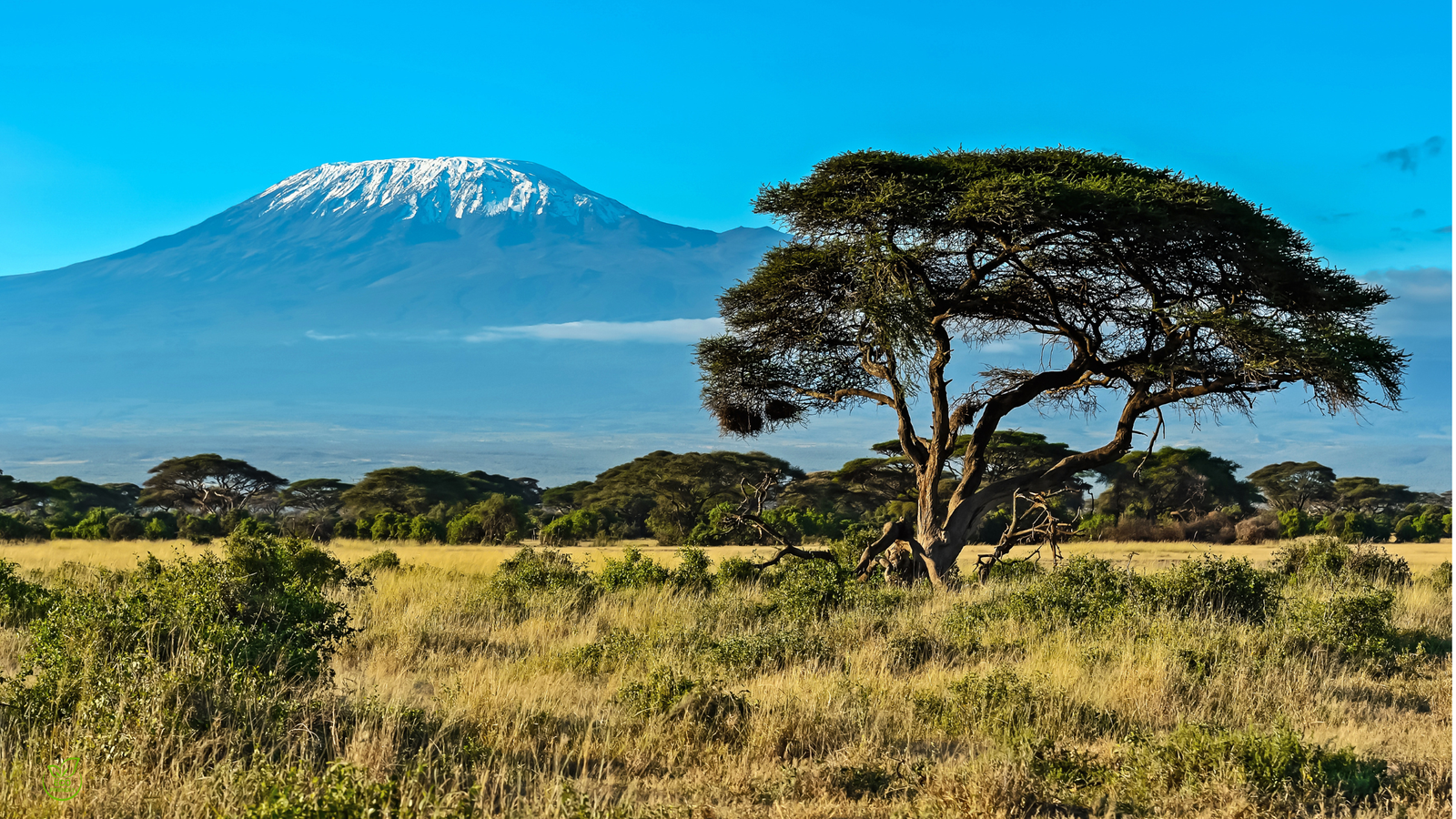
5. Iceland – Geothermal Power & Glacial Preservation
Iceland sits at the intersection of geology and innovation. Nearly 100% of its energy comes from geothermal and hydropower, making it a natural classroom for sustainable engineering. Travelers can explore volcanic plateaus, glacial lagoons, and geothermal spas that reuse heat and water resources efficiently.
However, as climate change accelerates glacial melt, the nation is doubling down on conservation education. Visitors are encouraged to take carbon-measured tours that invest in reforestation and local offsets. For practical tips on reducing travel emissions, see Train vs Plane Emissions 2025.
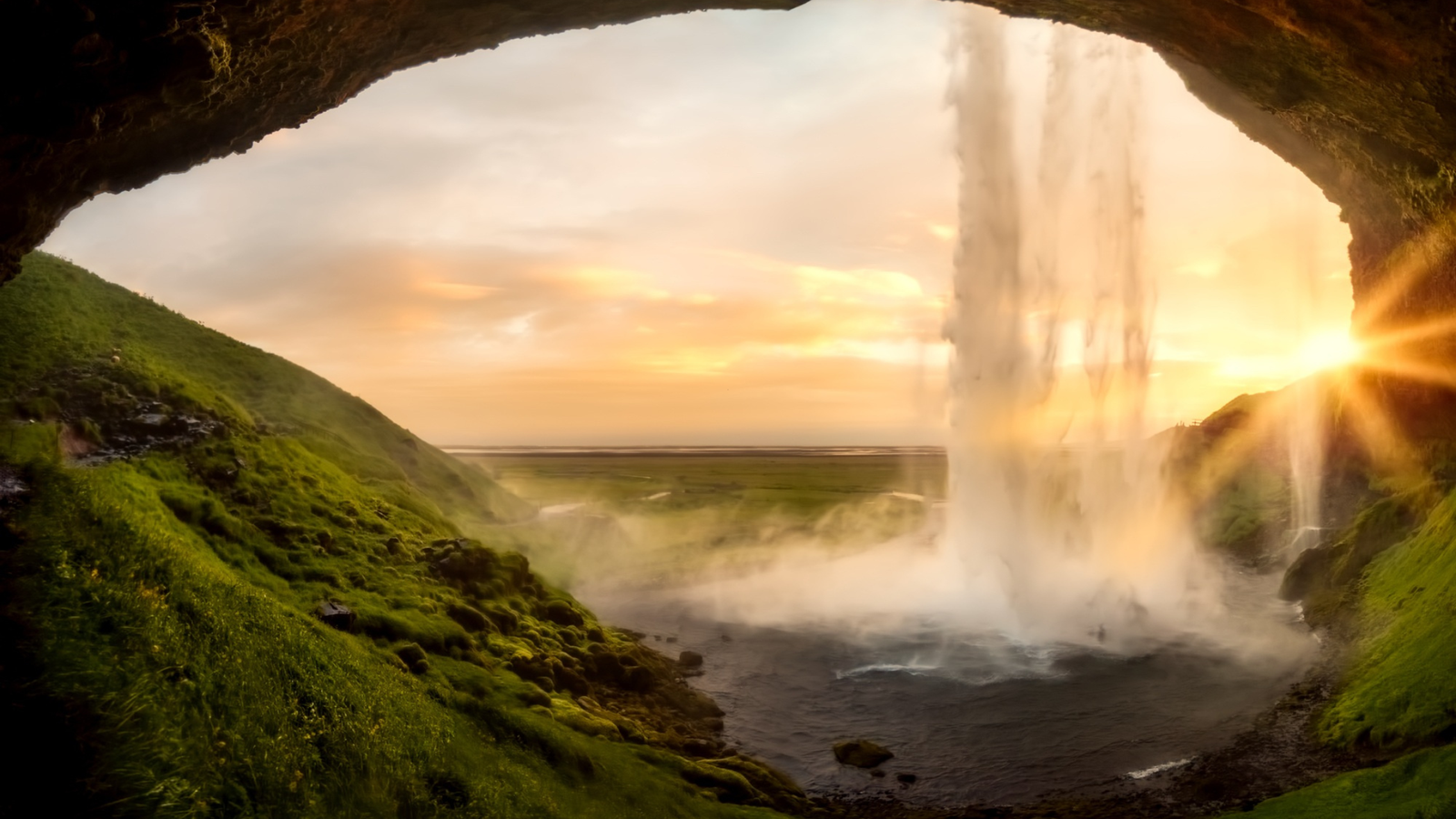
6. Bhutan – The Carbon-Negative Kingdom
Bhutan remains the world’s only carbon-negative nation, absorbing more CO₂ than it emits. Guided by the philosophy of Gross National Happiness, Bhutan’s tourism model caps visitor numbers, emphasizing quality over quantity. Forests cover over 70% of the country, and hydropower exports fund free healthcare and education.
Travelers seeking mindful exploration can trek along protected Himalayan trails, visit monasteries powered by solar energy, and stay in eco-lodges that invest directly in reforestation. Learn more about sustainable travel practices and why Bhutan represents the ultimate example of balance between prosperity and preservation.

7. Portugal – Rewilding Iberia’s Forgotten Valleys
Portugal is emerging as Europe’s rewilding frontier. In the Côa Valley, conservation groups are restoring ecosystems with native species such as wild horses and lynx, turning abandoned farmland into thriving wilderness. Rural communities are now welcoming visitors seeking low-impact travel experiences that support local economies.
The country’s sustainable wine tourism, solar-powered guesthouses, and extensive rail network make it a model for low-carbon exploration. Visitors can explore coastlines, forests, and UNESCO reserves without needing a car — aligning perfectly with the principles in Workation Cities 2025 Without a Car.
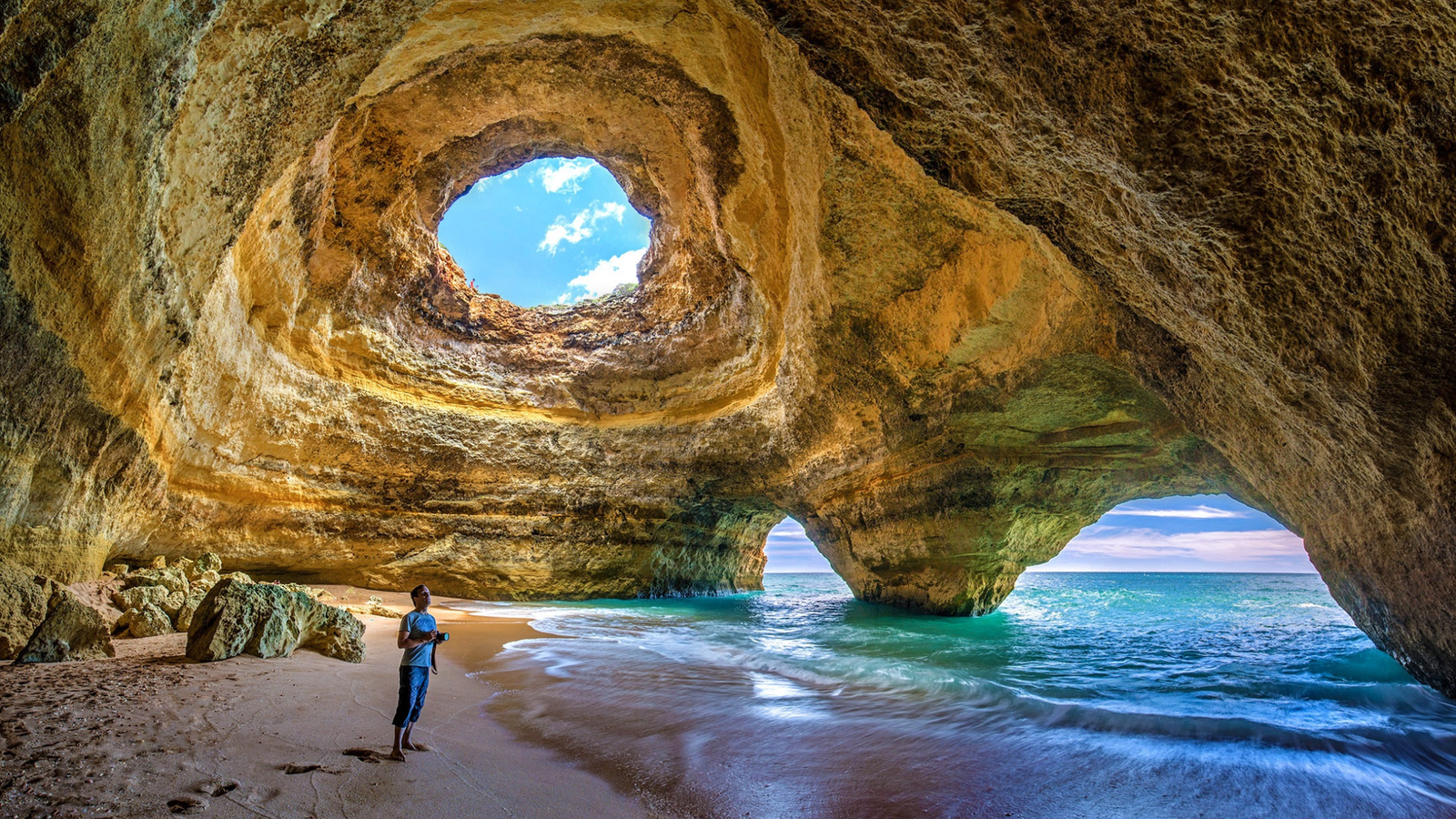
8. Chile – Patagonia’s Wild Corridors
In southern Chile, Patagonia National Park is the heart of a massive conservation initiative connecting 17 national parks through the Route of Parks. This rewilding project, born from a private-public partnership, protects over 11 million hectares of temperate rainforest and steppe.
Travelers can stay in carbon-neutral lodges built from reclaimed materials and participate in citizen science projects monitoring condor populations. Patagonia demonstrates how eco-tourism can function as long-term ecosystem financing. For more ideas on ethical adventures, see Sustainable Adventures: Your Guide to Eco Nomad Travel.
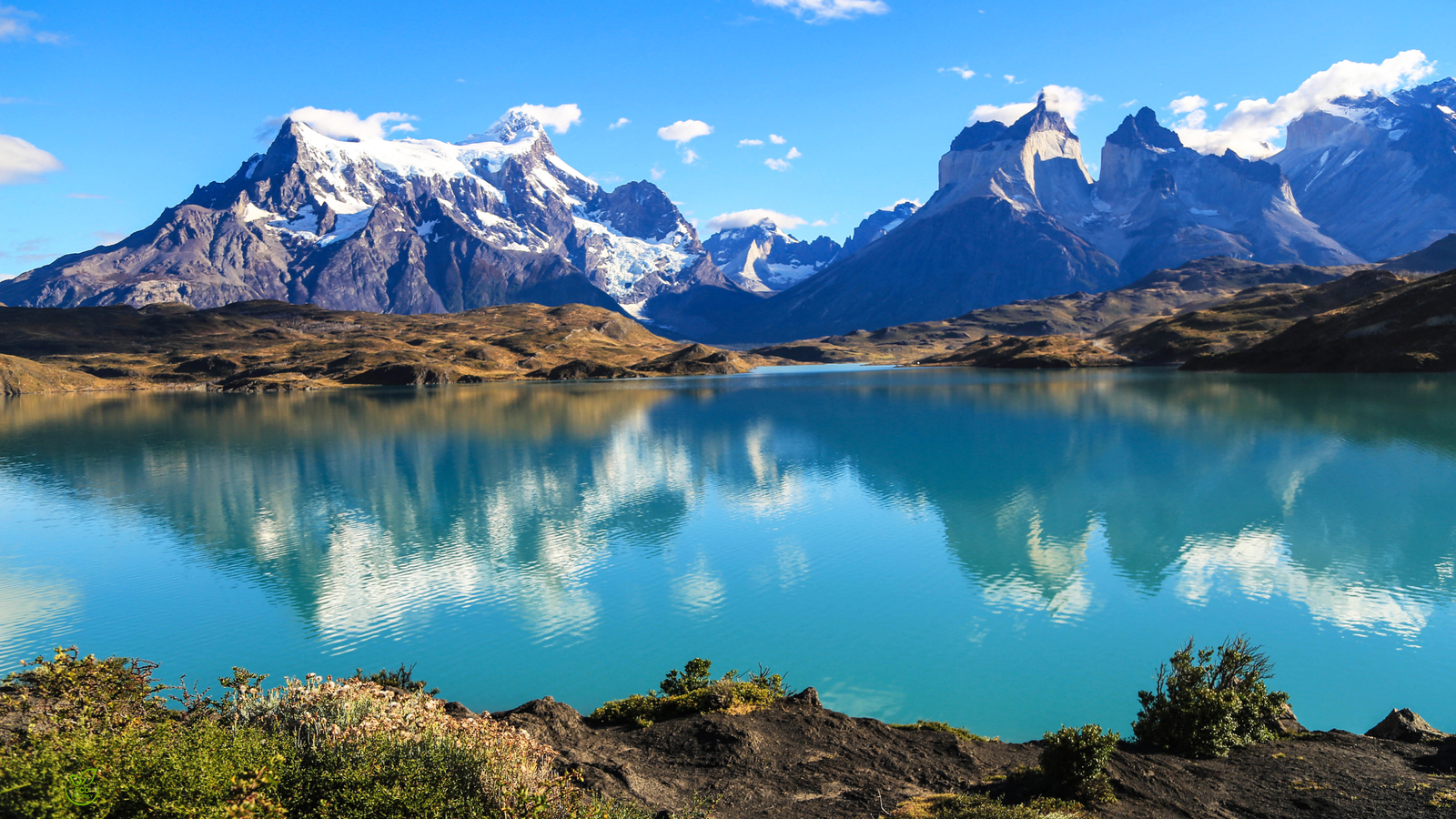
9. Philippines (Palawan) – Coral Conservation & Marine Sanctuaries
Palawan’s limestone cliffs and turquoise lagoons are more than postcard icons — they’re living ecosystems. In 2025, the region continues leading Southeast Asia’s marine conservation, with strict rules on visitor caps, coral restoration dives, and reef-safe sunscreen mandates.
Community-owned homestays in El Nido and Coron channel tourism income into mangrove protection and waste management. Travelers can contribute directly to reef conservation by booking eco-certified dives via Trip.com and staying at registered low-impact lodges. Discover complementary tips in our Reef-Safe Sunscreen Guide 2025.
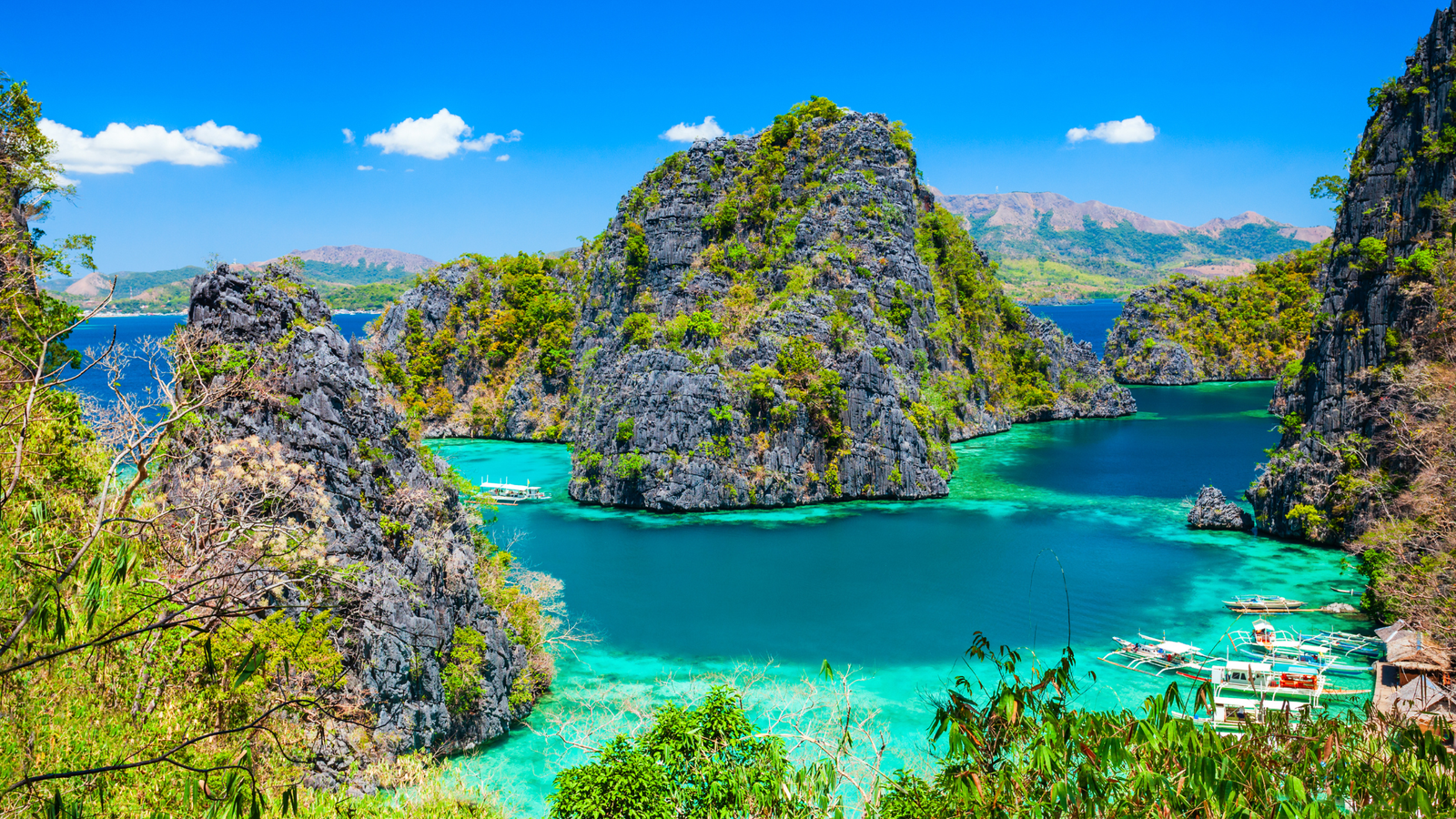
10. Slovenia – Europe’s Green Heart
Slovenia consistently ranks among the world’s greenest nations, integrating circular economy principles into its tourism system. Ljubljana, its capital, was the first European Green Capital and now runs electric shuttles, zero-waste markets, and a complete bike-sharing network.
Beyond the cities, Slovenia’s Alpine lakes and karst caves attract travelers looking for peace without pollution. Eco-labeled accommodations dominate the countryside, and rural cooperatives host immersive farm-to-table experiences. Explore our Low Impact Travel Habits guide to adopt Slovenia’s sustainable ethos wherever you roam.
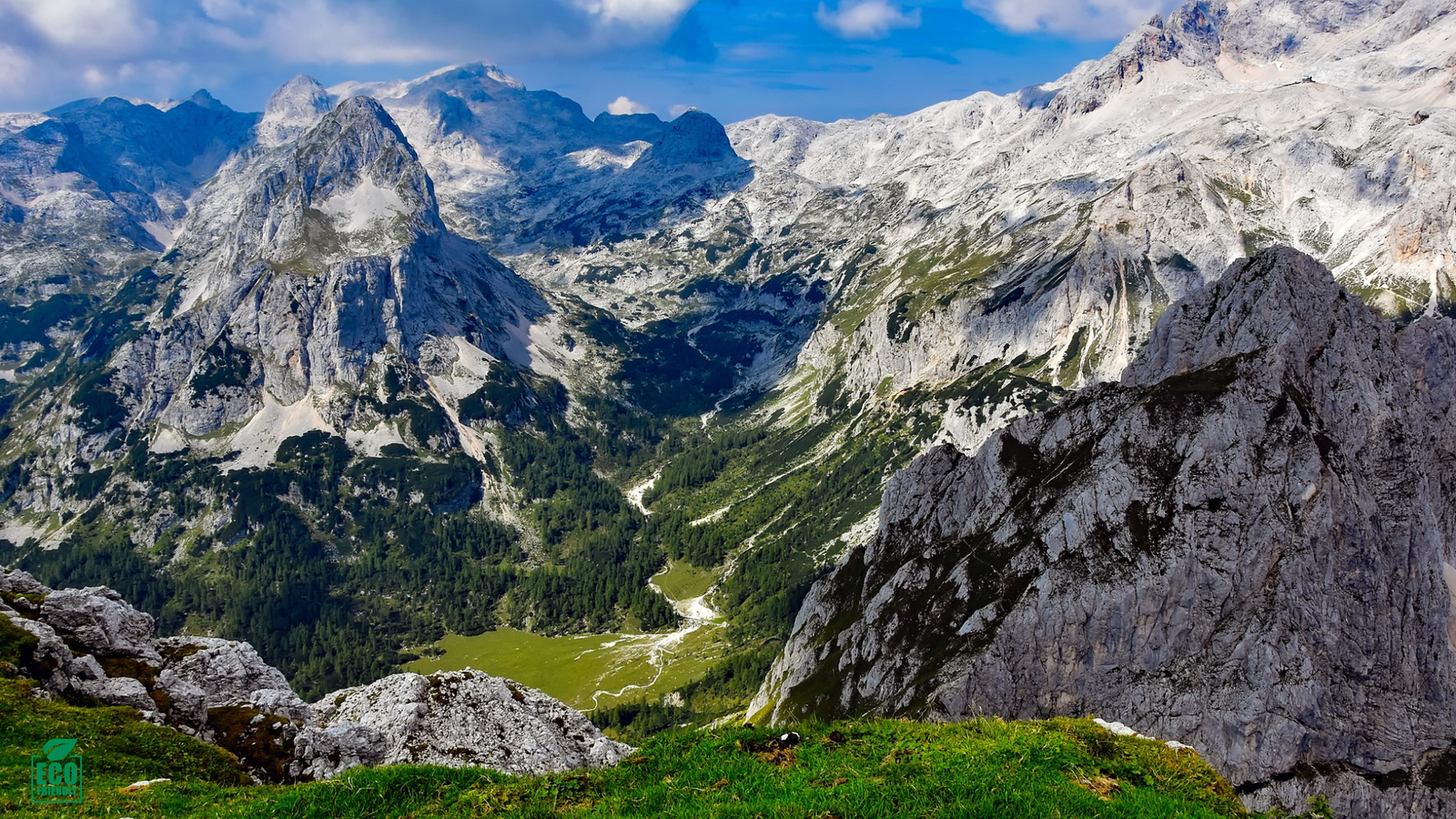
Building a Planet-Friendly Travel Future
From the geothermal fields of Iceland to the coral gardens of Palawan, these ten ecotourism destinations illustrate how responsible travel practices, eco-certified accommodations, and community-based conservation can transform global tourism in 2025 and beyond. Every trip becomes an act of stewardship when travelers choose low-impact travel habits, support eco-certified stays, and engage in regenerative projects.
How to Choose the Right Ecotourism Destination for You
When selecting your next eco-adventure, align your travel goals with the principles of responsible tourism. Research whether your chosen country has community-owned lodges, transparent conservation funding, and eco-certified accommodations. True sustainability extends beyond recycling programs — it includes how tourism empowers locals, protects biodiversity, and honors cultural integrity.
Transitioning toward a low-impact digital nomad lifestyle also means reevaluating how long you stay and how you move between regions. Prioritize rail travel, electric transport, and locally sourced meals. Combine this with digital tools like Airalo eSIM or Yesim to stay connected sustainably.
Remember that the best ecotourism destinations create harmony between comfort and conscience. Whether exploring Norway’s Arctic fjords or Costa Rica’s rainforests, travelers in 2025 are not just spectators — they’re stewards of the planet’s most fragile wonders. The future of travel depends on choices made today.
Connecting Global Ecotourism Efforts in 2025
Ecotourism in 2025 is no longer limited to small-scale eco-lodges or wildlife reserves — it’s a global network of responsible travel practices, eco-certified accommodations, and community-based conservation projects. Destinations such as Costa Rica, Norway, and Bhutan are showing that tourism can actively regenerate ecosystems when managed with transparency and local participation.
As our cornerstone ecotourism guide explains, the real value of travel lies in collaboration. From eco-volunteering programs and green-certified stays to low-carbon transport choices, today’s travelers are becoming partners in conservation. They fund reforestation, adopt low-impact digital nomad lifestyles, and share transparent data about emissions and offsets.
Governments and travel companies are also adapting to sustainable tourism principles by aligning with the Global Sustainable Tourism Council (GSTC) and United Nations SDGs. The result is a new era of ethical travel choices and regenerative travel trends — where exploration fuels preservation rather than exploitation.
Explore more related insights on green travel innovations, eco-friendly travel tips, and carbon-neutral travel to plan your next meaningful journey.
Connecting the Dots of Responsible Travel
Every eco-destination tells only part of the story. To truly understand how sustainable travel works, it helps to explore each element of the movement. Start by revisiting the foundation in What Is Ecotourism? The 2025 Guide to Sustainable Exploration, where we define the principles and philosophies that power today’s regenerative travel boom.
If you’re preparing to book your next adventure, our companion piece How to Choose Eco-Friendly Tour Operators in 2025 breaks down certifications, transparency standards, and how to spot genuine sustainability versus greenwashing. It’s a must-read for anyone planning to explore these ecotourism destinations responsibly.
For travelers who want to go deeper, What Makes a Tour Truly Sustainable? Understanding Eco-Friendly Tours in 2025 reveals what happens behind the scenes — from carbon tracking to community-based partnerships that ensure every journey gives back more than it takes.
And to see the contrast that fuels change, Ecotourism vs Regular Tourism: What’s the Difference? compares traditional travel models with the regenerative mindset defining the future. Together, these guides create a complete ecosystem of insights for mindful travelers and digital nomads alike.
Continue exploring sustainability stories, guides, and research on the Eco Nomad Travel homepage — your hub for conscious, data-driven exploration in 2025.
Explore More Ecotourism Insights
Ready to Travel Responsibly?
Every trip has the power to protect or to deplete. Choose wisely, travel consciously, and join the movement toward regeneration. Explore our full cornerstone article — What Is Ecotourism? The 2025 Guide to Sustainable Exploration — to deepen your understanding of sustainable travel principles.
Frequently Asked Questions — Ecotourism Destinations 2025
1. What is the top ecotourism destination in 2025?
Costa Rica continues to lead in 2025 thanks to its extensive biodiversity, renewable energy leadership, and strong community-based tourism network that reinvests profits into rainforest protection.
2. How is ecotourism different from sustainable tourism?
Ecotourism focuses on nature-based experiences that fund conservation, while sustainable tourism includes broader practices such as waste reduction, cultural preservation, and low-carbon travel systems.
3. What makes a tour truly eco-friendly?
Look for eco-certified operators under the Global Sustainable Tourism Council (GSTC), transparent carbon tracking, and partnerships with local conservation groups.
4. Which destinations are best for regenerative travel?
Places like Bali, Palawan, and Chile’s Patagonia actively restore ecosystems through coral reef rehabilitation, rewilding, and low-impact infrastructure projects.
5. What are the best eco-friendly accommodations in 2025?
Eco-lodges in Costa Rica, glacial retreats in Iceland, and Slovenia’s certified “Green Key” hotels lead the list for their renewable energy use and community integration.
Travel Practices & Digital Nomad Sustainability
6. How can digital nomads travel sustainably?
By choosing long-term stays, avoiding frequent flights, and using eSIMs like Airalo or Yesim to minimize physical SIM waste and maintain efficient connectivity.
7. What role does local culture play in ecotourism?
Authentic ecotourism depends on respecting indigenous wisdom, supporting local artisans, and ensuring tourism revenue benefits resident communities instead of outside investors.
8. Can ecotourism really reduce carbon emissions?
Yes. Many nations like Bhutan and Iceland operate near carbon neutrality by investing tourism taxes into renewable energy and reforestation programs.
9. How do I avoid greenwashing when booking trips?
Verify certifications (GSTC, EarthCheck, or Green Globe) and request sustainability reports from accommodations or tour companies. Avoid vague “eco” claims without metrics.
10. Where can I learn more about planning eco-friendly trips?
Start with the cornerstone guide What Is Ecotourism? The 2025 Guide to Sustainable Exploration for practical checklists, destination links, and responsible travel strategies.

